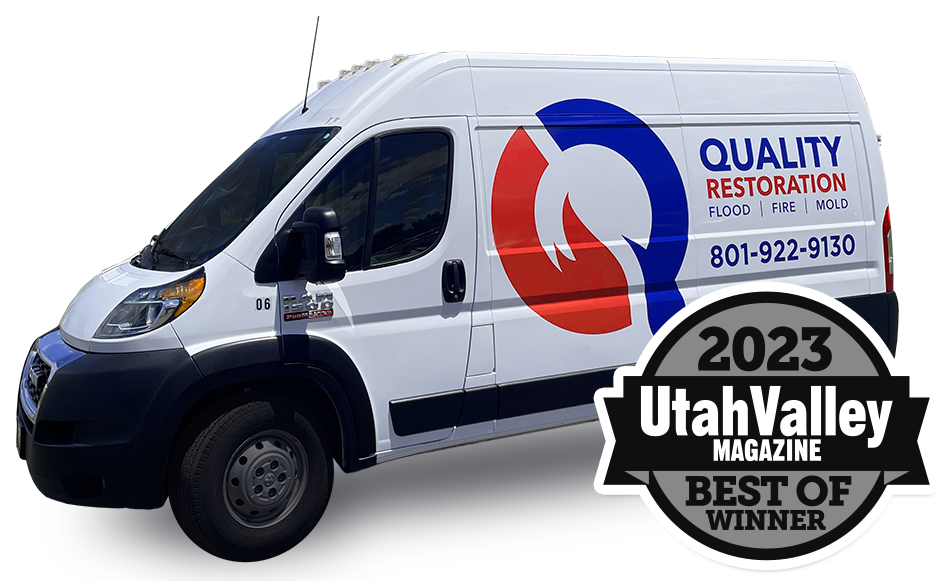Did you know hurricanes can make storm surges as high as 20 feet? This poses a huge threat to life and property near the coast. Hurricanes bring dangerous effects, like huge surges and rains that flood areas, strong winds that can tear down buildings, and dangers like rip currents and tornadoes.
These disasters cause many deaths, destroy property, and harm the environment. Also, about 10,000 people die worldwide every year because of hurricanes. They can cause floods far from the coast, damage power lines, and uproot trees, leading to longer power cuts and severe harm.
Key Takeaways
- Storm surges from hurricanes can exceed 20 feet, posing severe threats to coastal areas.
- Hurricane-force winds and torrential rains cause extensive damage both along the coast and inland.
- Rip currents and tornadoes generated by hurricanes add to the destructive impact.
- Approximately 10,000 fatalities globally each year are attributed to hurricanes and tropical storms.
- Inland flooding from heavy hurricane rains leads to substantial property destruction and prolonged power outages.
Storm Surge and Storm Tide
During hurricanes, storm surge and storm tide combine to cause massive damage and flooding. The powerful winds push water up, sometimes by more than 20 feet. This fast rise can cover vast areas, causing widespread destruction.
A storm surge together with a high tide forms a storm tide, making the situation even worse. This leads to severe flooding. It can cover low-lying areas, damaging buildings, roads, and bridges. Even though it may last only hours, the impact is huge.
Storms like Hurricane Katrina in 2005 and Hurricane Ike in 2008 have shown us their deadly power. They brought extreme flooding with surges reaching 25 to 28 feet and 15 to 20 feet, respectively. These surges led to severe property damage, loss of life, and harm to natural environments.
Scientists use the SLOSH computer model to forecast storm surges. It considers the shape of the land, the storm’s direction, and the ocean’s depth. This helps in preparing better for emergencies and reducing damage risks.
Heavy Rainfall and Inland Flooding
Hurricanes bring big dangers beyond just the coasts. Their rainfall can cause severe flooding deep inland. Up to 6 inches of rain can fall quickly, leading to dangerous flash floods. Factors like the hurricane’s speed, size, and local geography impact the flood’s severity.
The damage could be immense. In 2001, Tropical Storm Allison drenched Houston with 37 inches of rain, causing over $5 billion in damages. Typhoon Morakot unloaded 114 inches of rain in Taiwan over 3 days. This caused extensive floods and mudslides.
These storms can create floodwaters that last a long time. Since 1970, about 60% of U.S. flood deaths from tropical storms occurred far from the coasts. It shows the critical need for strong disaster preparedness in areas away from the storms.
People can make these events worse. When we cut down trees and build without planning, it can lead to more flooding. Hurricanes interacting with these unstable environments can cause landslides. Hurricane Mitch in 1998 caused over 25 landslides, destroying towns in Honduras and Nicaragua.
High Winds
When winds go at least 74 mph, they become hurricane-force. These winds can tear buildings and mobile homes apart. They are a big part of hurricanes that make it risky for our homes and our safety.
In hurricanes, random stuff outdoors can fly around as dangerous missiles. This happened in 2004 with Hurricane Charley. It hit central Florida hard, its gusts over 100 mph causing serious damage.
We have to get ready for hurricane winds. The Saffir-Simpson Wind Scale helps us know how strong a hurricane is. This helps us guess how much damage it might cause.
It’s really important to understand hurricane categories for getting ready. A Category 1 storm can hurt strong homes a bit. But the more the wind blows, the worse the damage gets. Category 5 storms can smash up most framed houses and are really dangerous.
For communities to be ready, they should follow tough building rules. This protects homes and makes us safer when hurricanes hit. Planning ahead this way helps a lot in keeping us from harm.
Tornadoes
Hurricanes and tropical storms are dangerous, not just because of high winds and heavy rain. They can also cause tornadoes. These tornadoes form away from the hurricane’s center, in the rain bands, or near the eye. They are usually not as strong as regular tornadoes, but they can still do a lot of damage.
Sometimes, these tornadoes happen while the hurricane is still there. Other times, they can pop up days after the storm hits land. For example, after Hurricane Ivan in 2004, there were 127 tornadoes in nine states over several days. Most tornadoes from hurricanes are less than 0.5 miles wide. But, the biggest one ever measured was 2.5 miles wide.
Tornadoes are quick, only lasting for moments to minutes. This means being ready for storms is super important. The Weather Prediction Center says it’s crucial for places that get both hurricanes and tornadoes to be prepared. With hurricanes that can last for weeks, preparing early can help keep people safe.
Even if they’re not as strong as the worst tornadoes, hurricane tornadoes still need careful watch and quick action to protect people and their homes.
What Are the Damages Caused by Hurricanes?
Hurricanes can cause huge amounts of damage. They can harm many different places in many ways. Storm surges, strong winds, and heavy rain are some ways they do this.
Storm surges are very dangerous. They can go over 20 feet high and travel a long way along the coast. This causes loss of life, destroys buildings, and erodes beaches. It also harms the environment, damaging the habitats of animals and plants.
The risk doesn’t disappear once you’re inland. Hurricanes dump a lot of rain, causing floods that can be deadly. These floods destroy roads and homes, leaving areas underwater for a while.
The winds of hurricanes can be incredibly strong too. Starting at 74 mph, they can go up to 157 mph or more. They shatter buildings, make mobile homes fly, and turn anything loose into dangerous missiles.
This wind-driven debris can cause a lot of damage. It can break windows, destroy cars, and make places unsafe. Hurricanes can also spin off weaker tornadoes, which add to the destruction.
Even when a hurricane isn’t directly hitting, its effects can be felt far away. Rip currents from the storms can drown people or make it hard for lifeguards to keep the beaches safe. These indirect dangers are important to remember too.
About 10,000 people die each year because of hurricanes and tropical storms. These storms also cause a lot of trouble for boats, leading to many shipwrecks at sea.
Dealing with the aftermath of a hurricane is costly. The damages can reach billions of dollars. This shows the importance of preparing for hurricanes with good building rules and emergency plans.
However, we can take steps to reduce the harm of hurricanes. Being ready, listening to warnings, and living in strong buildings can help. These actions make it easier to survive a hurricane and recover afterwards.
Conclusion
Hurricanes are a big deal, making detailed assessments crucial. They hit coastal areas hard, with big storm surges damaging homes and docks. Inland, heavy rains lead to floods and mudslides.
These storms claim about 10,000 lives yearly, making flooding the most dangerous. Better forecasts and warning systems have helped lower death tolls at sea. But, we still need to stay alert.
To bounce back from disasters, we must make our communities stronger and more prepared. This means having tough building rules, clear evacuation plans, and better infrastructure. These steps protect us from strong winds and help the environment recover faster. Improving our knowledge and technology is also key in defending against hurricanes.




















